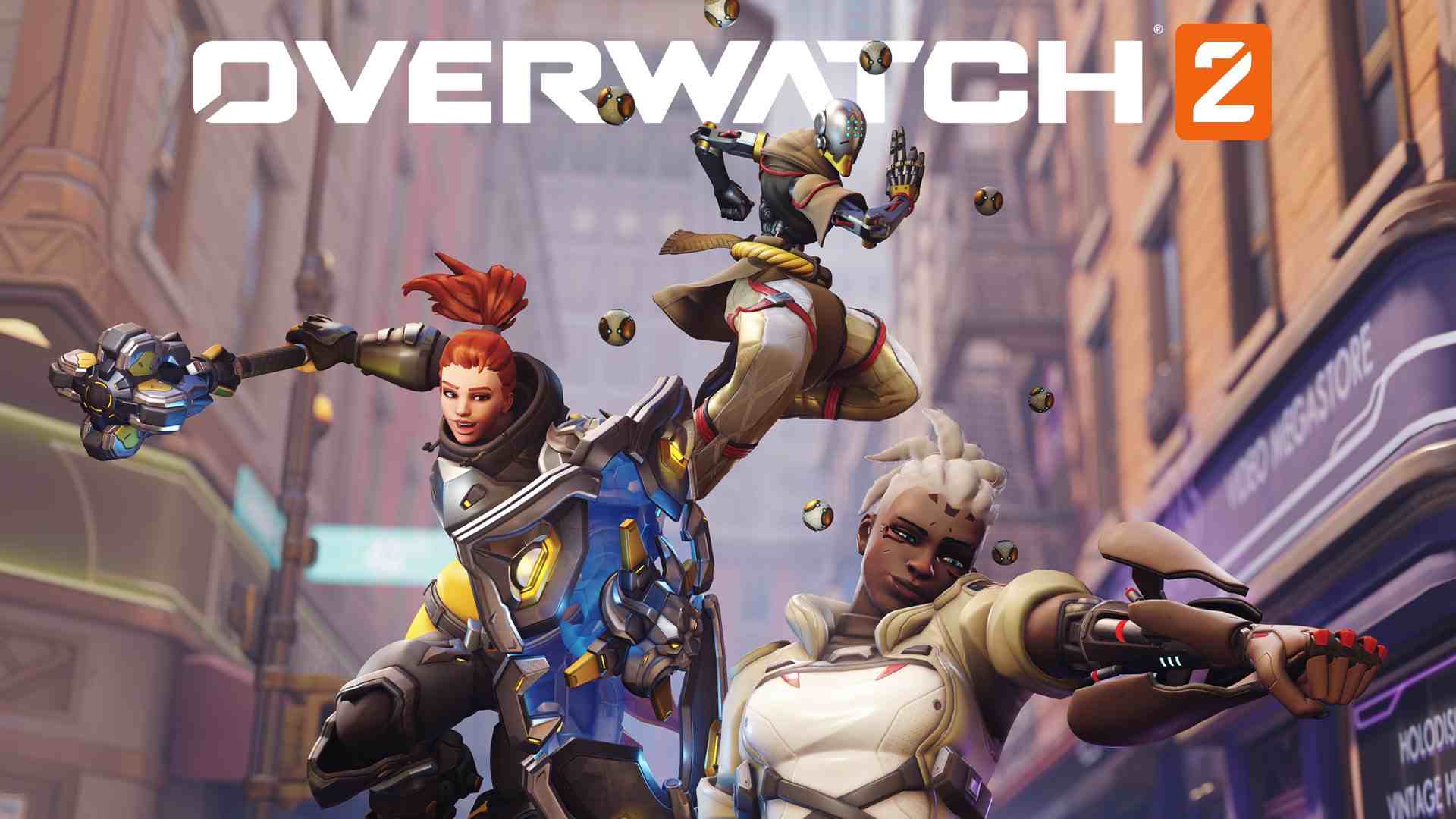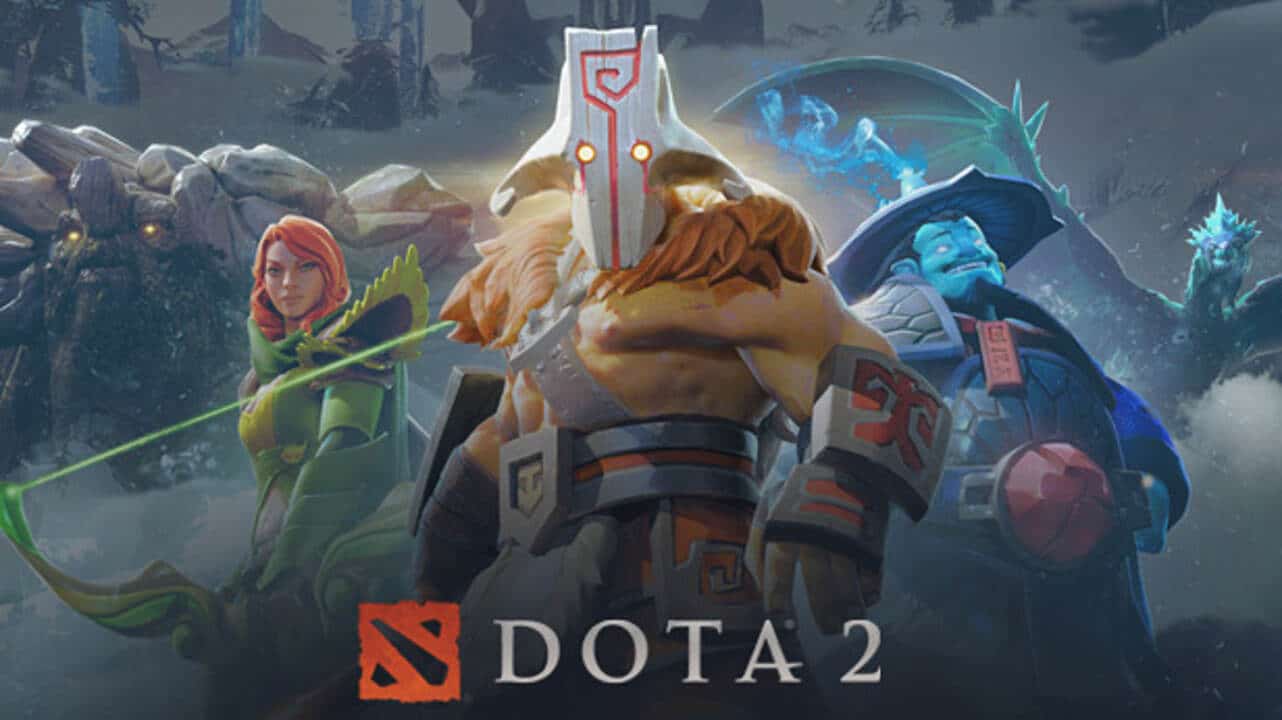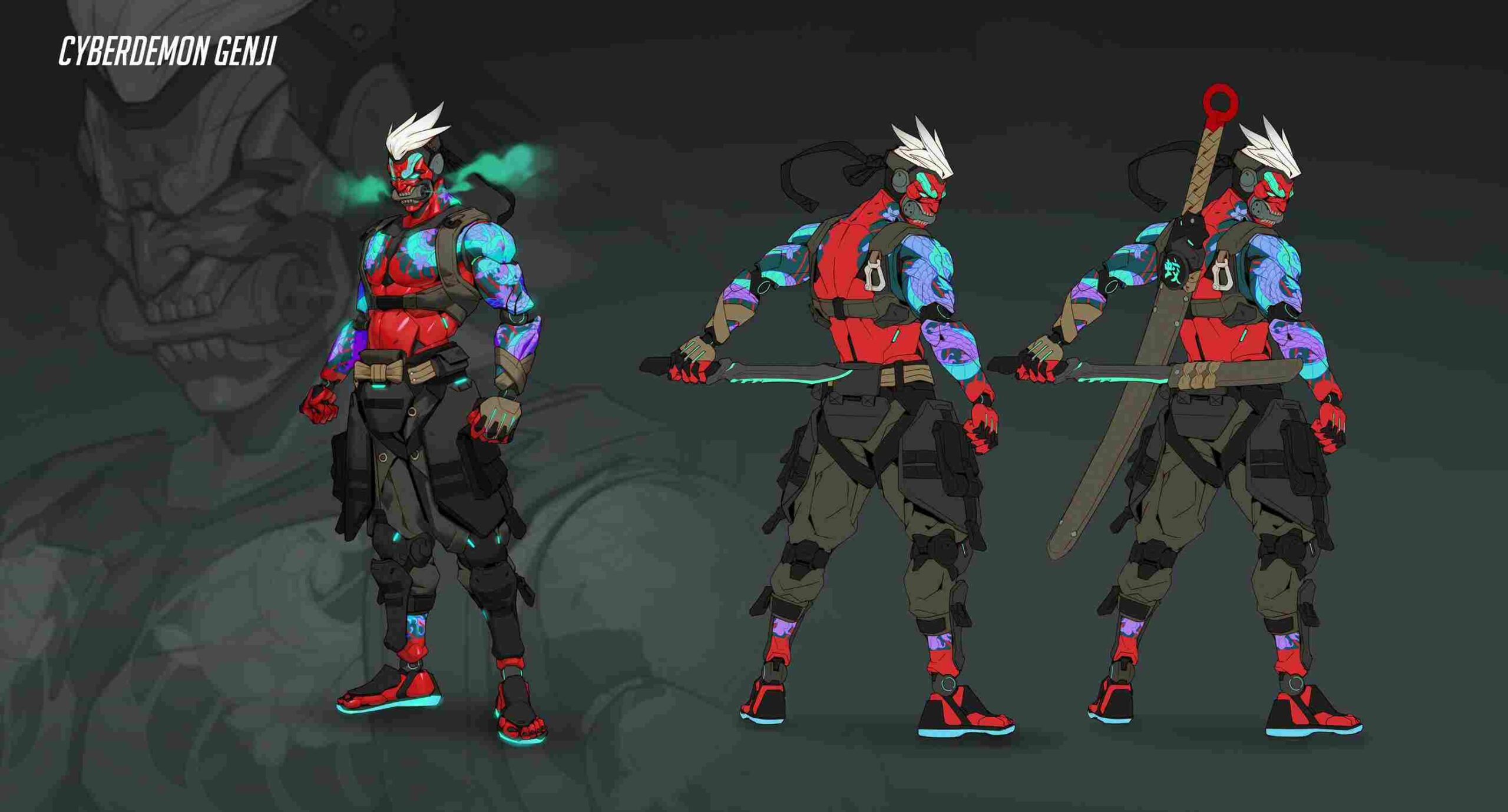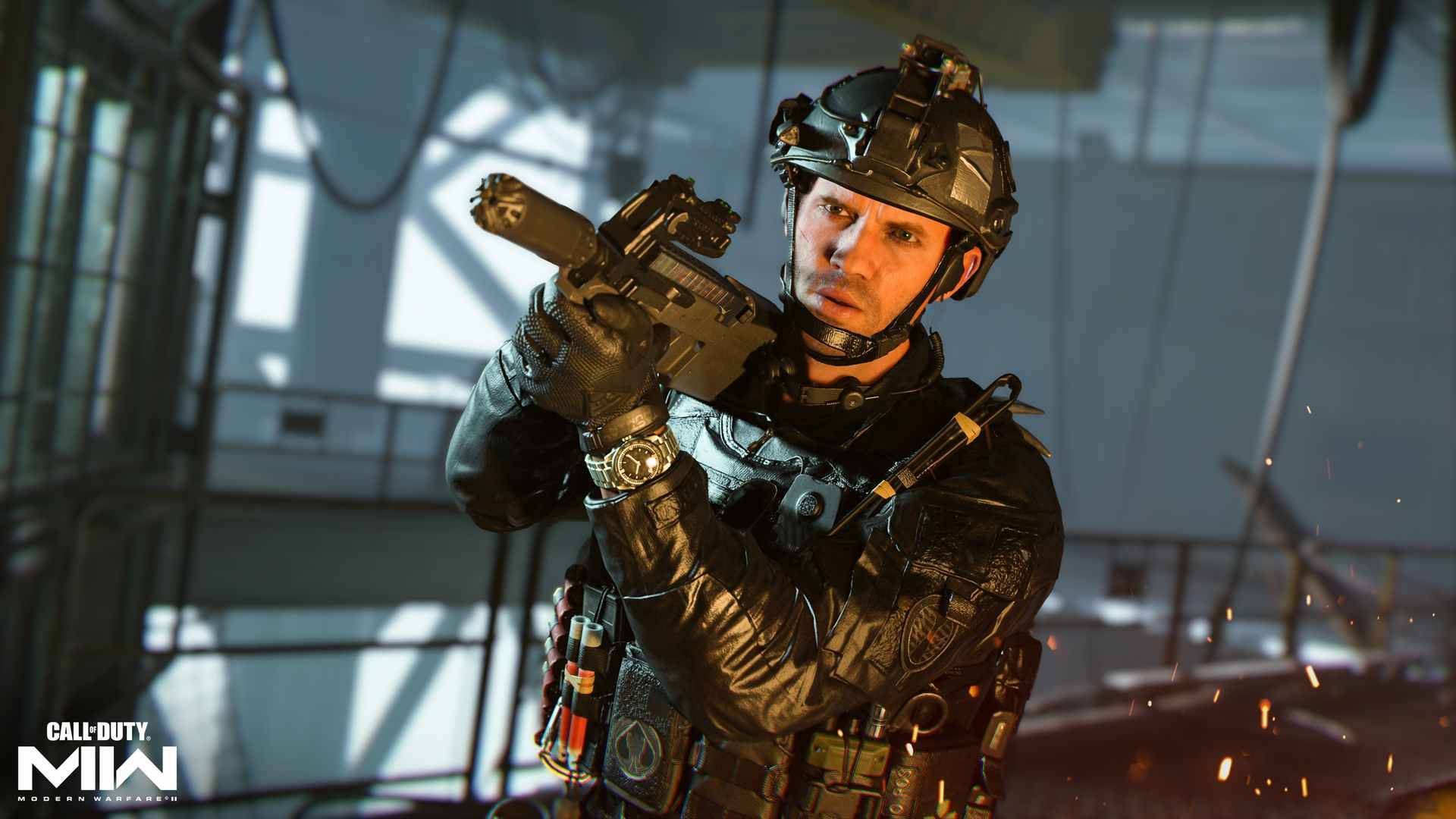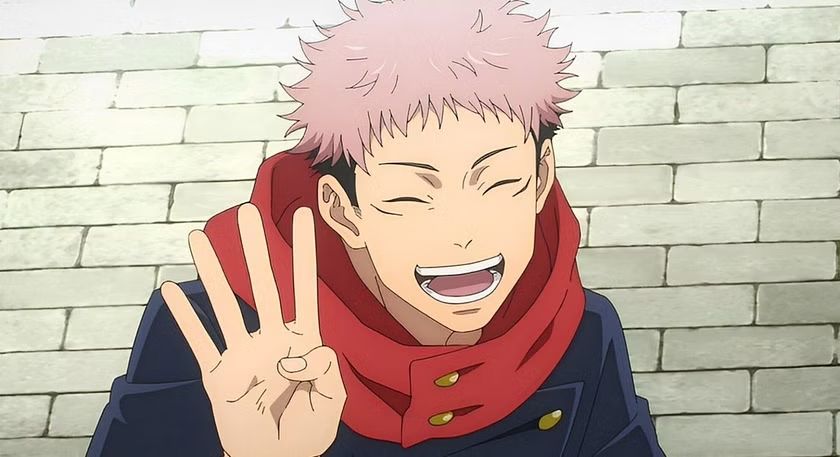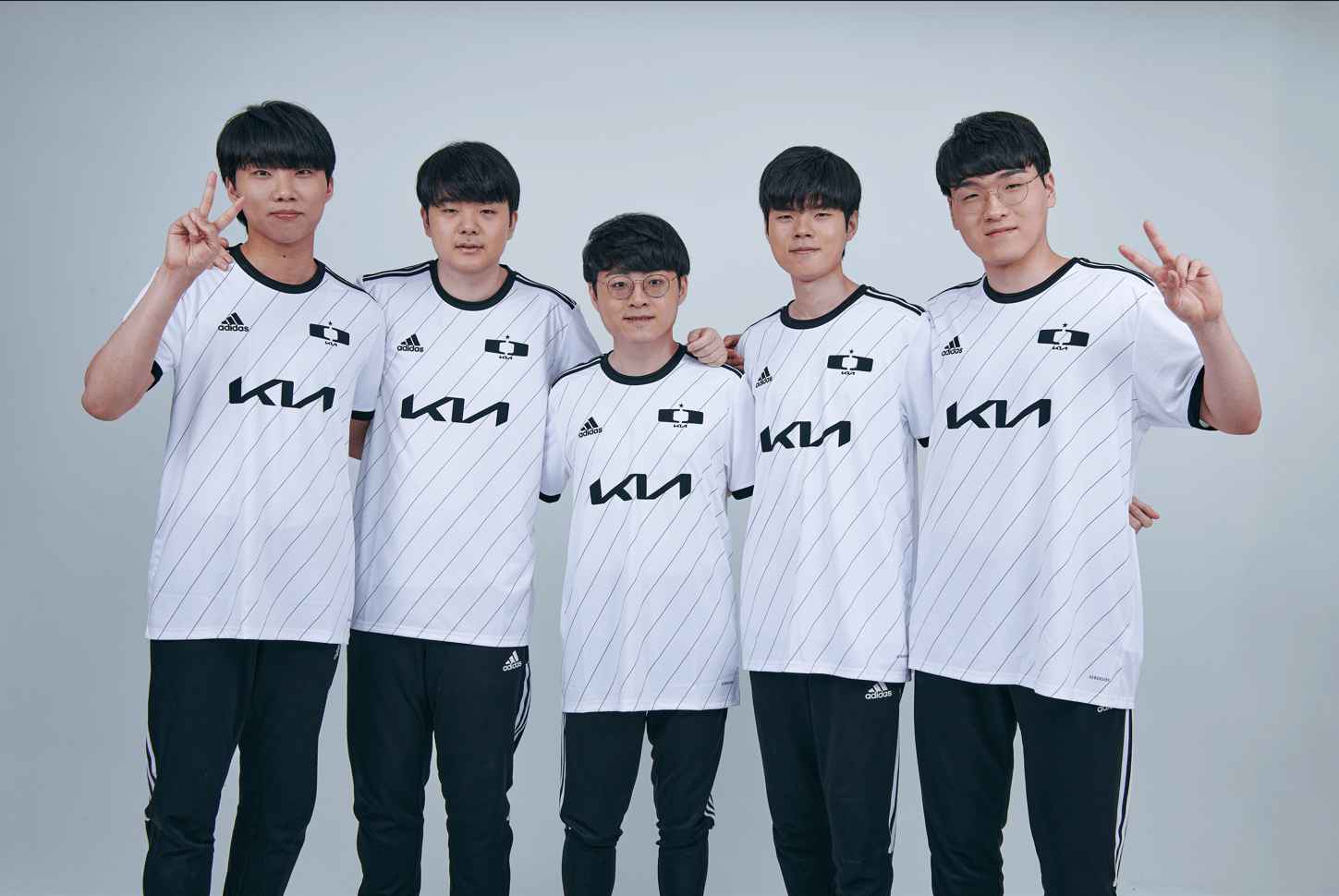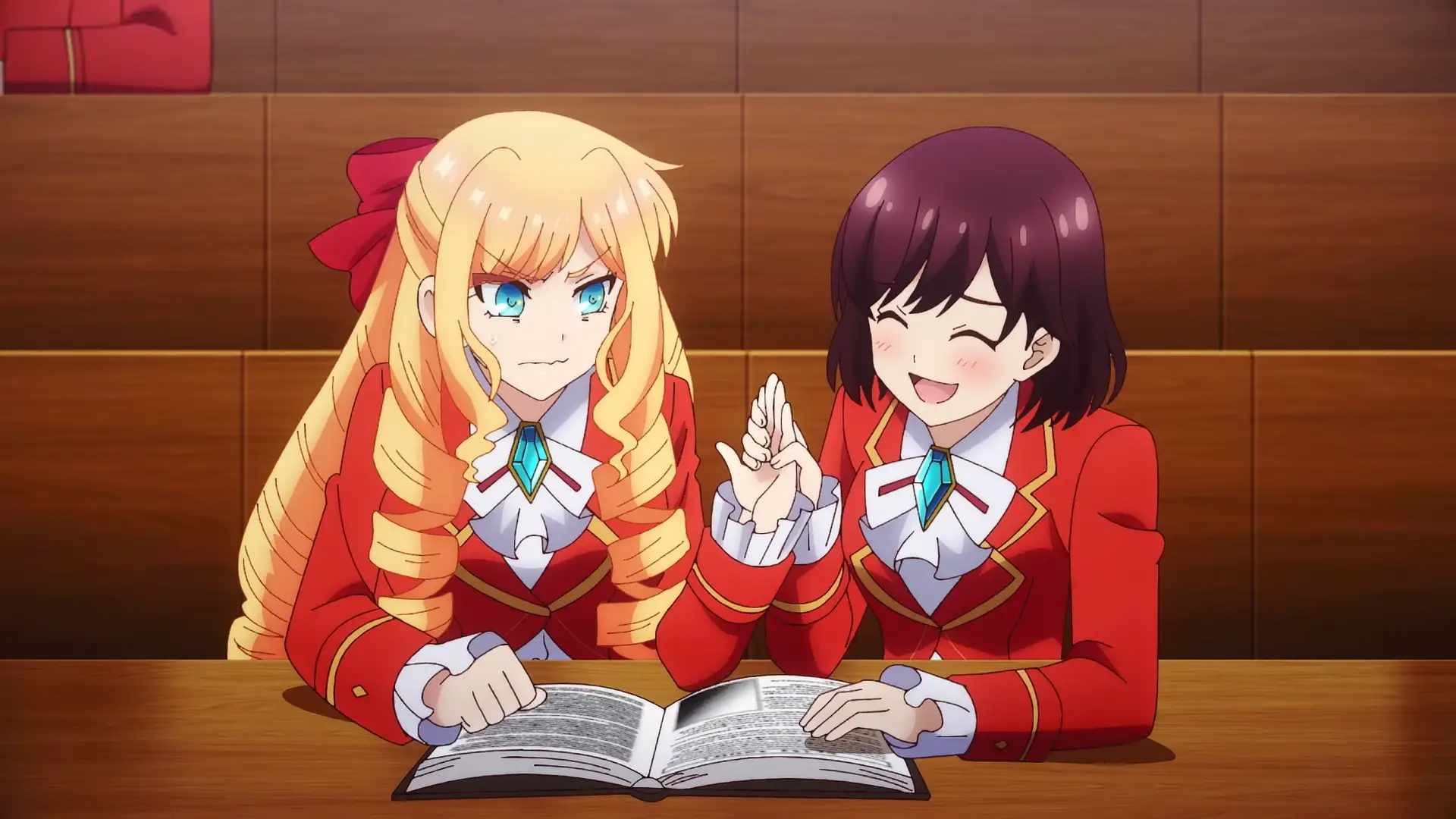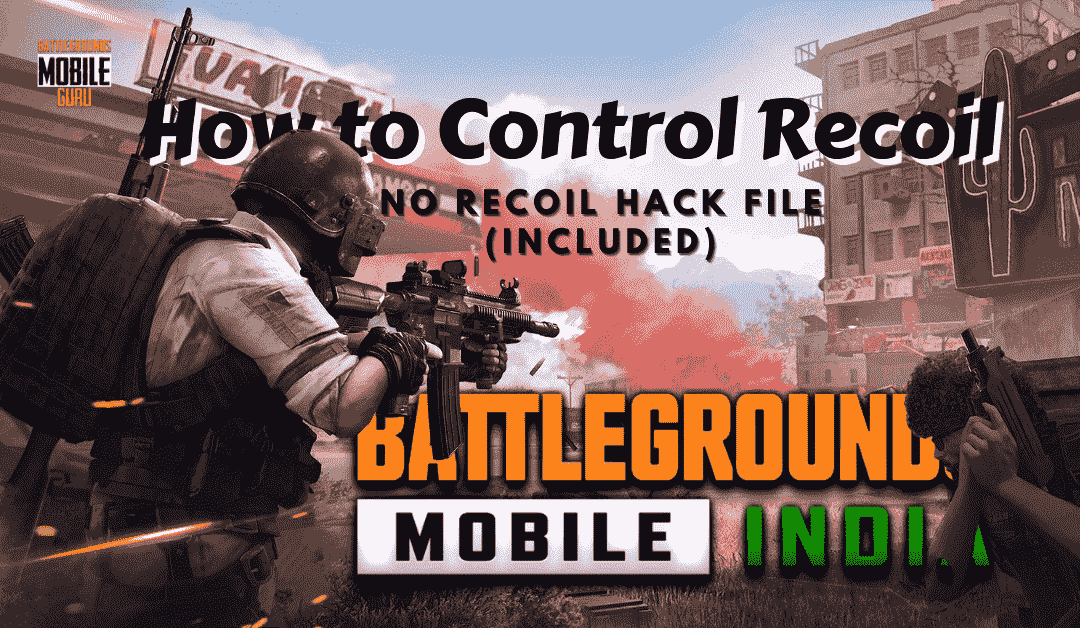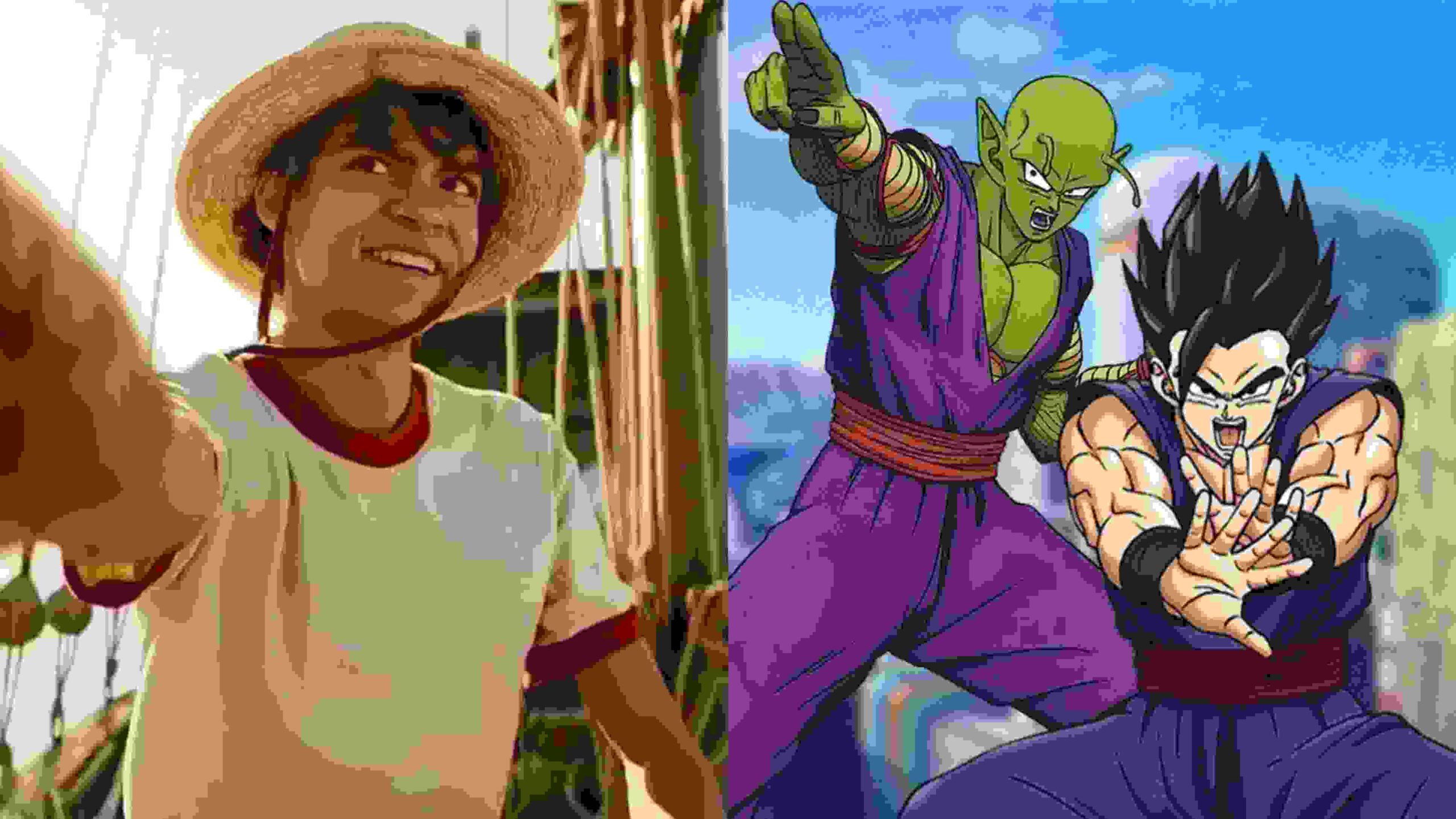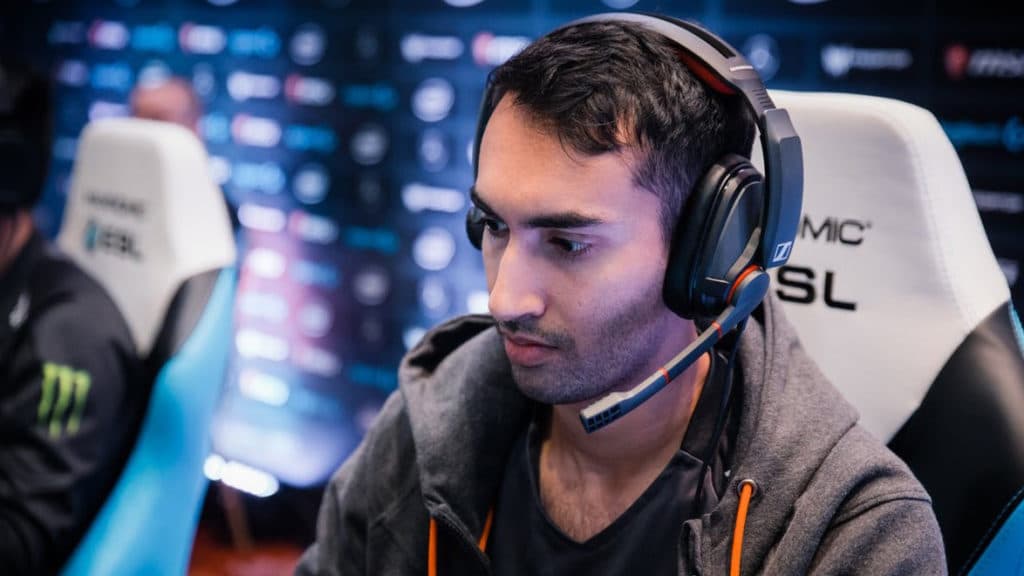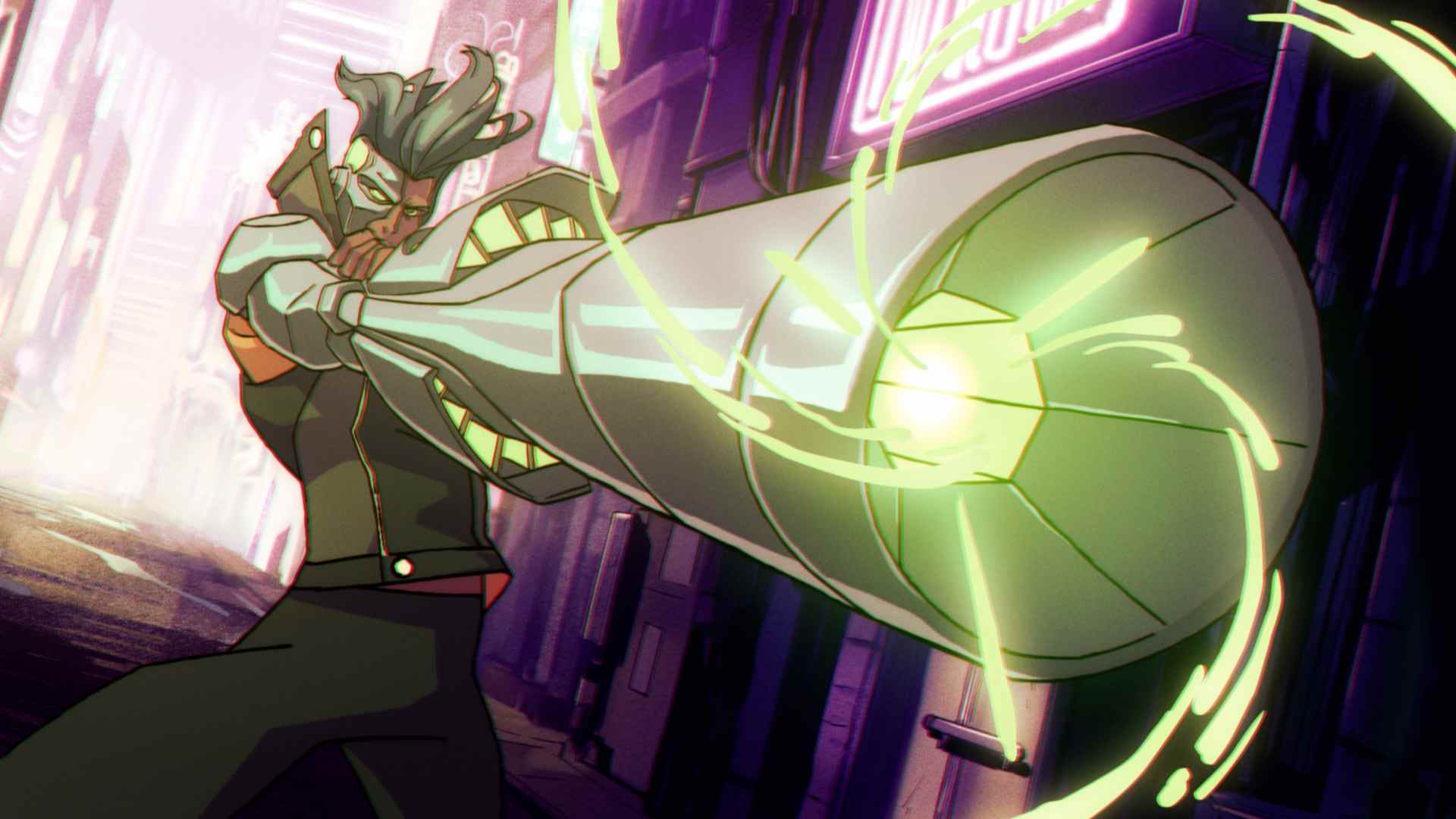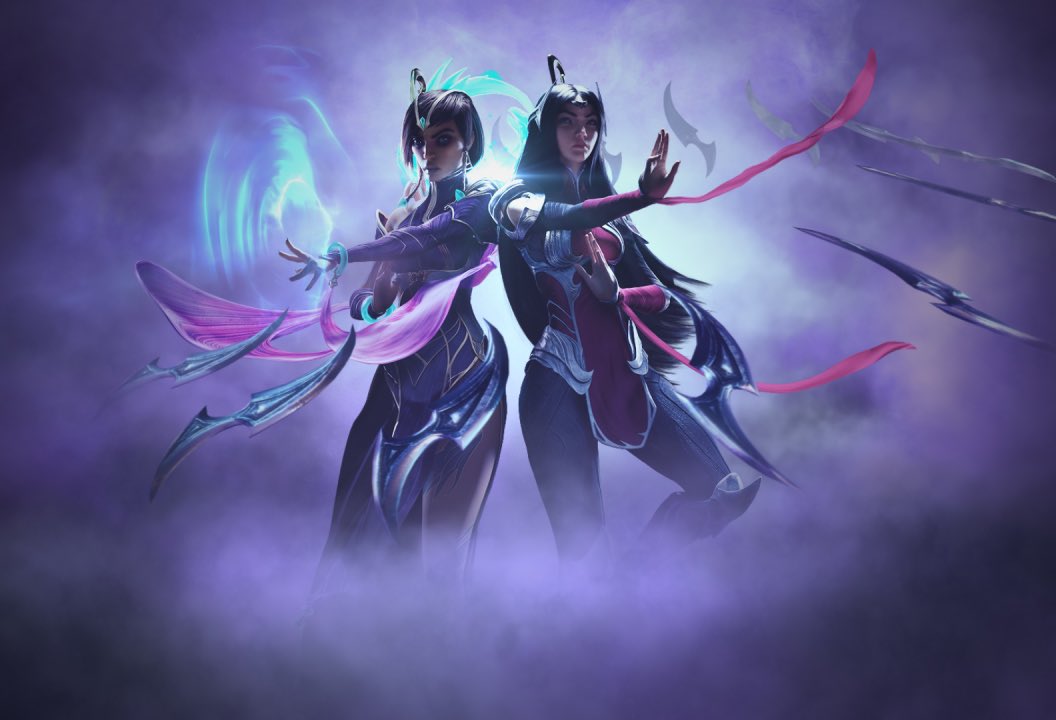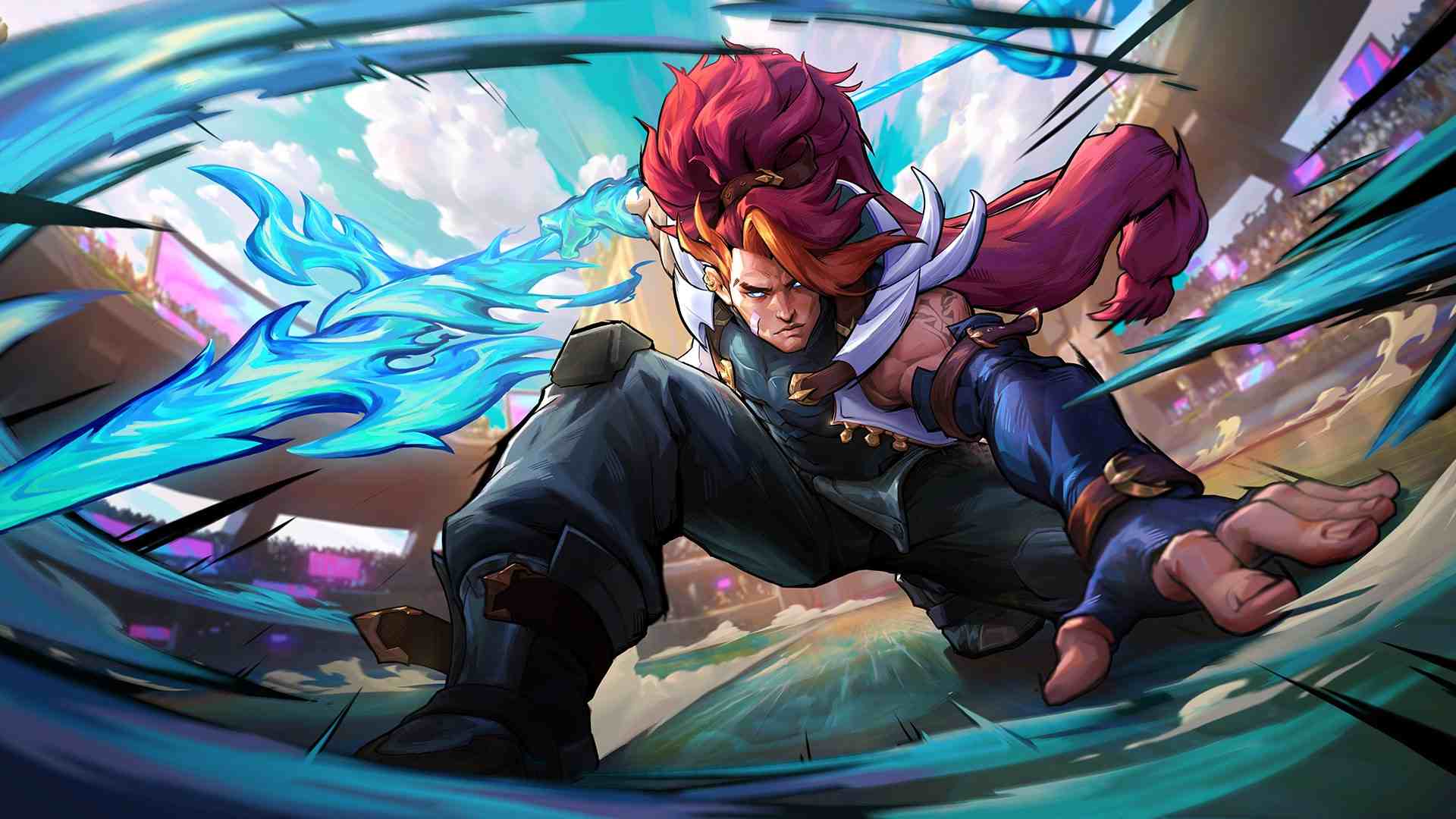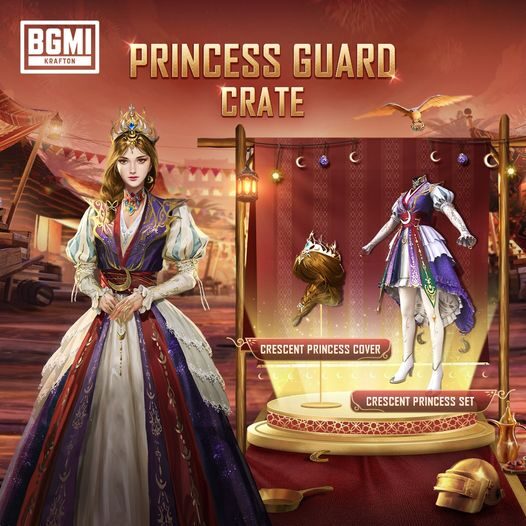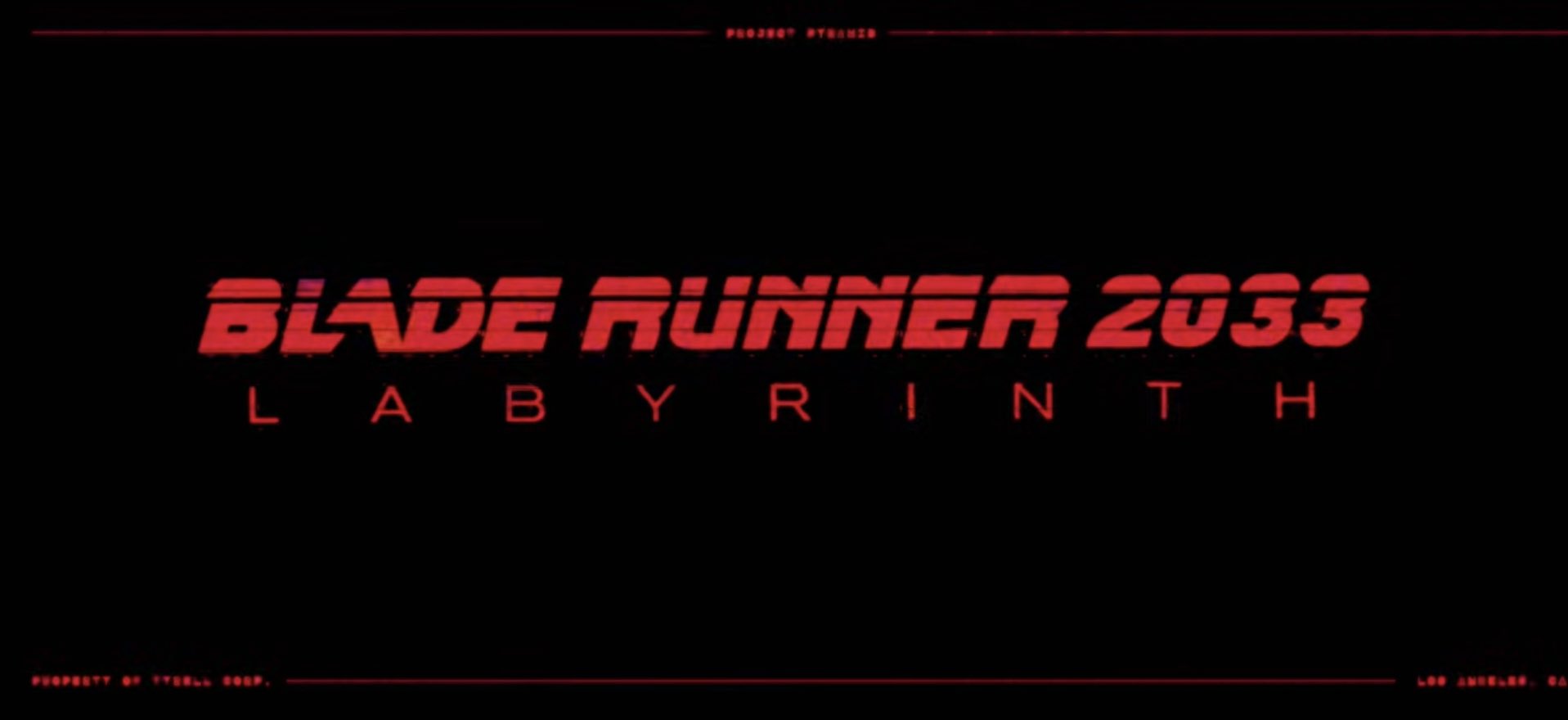5 Reasons Why Overwatch 2 Is Receiving A Lot Of Criticism For Steam
The gaming world is no stranger to both anticipation and criticism when it comes to new releases. Overwatch 2, the much-awaited sequel to the hit team-based shooter, has found itself in the spotlight once again—but this time, for all the wrong reasons.
As the game made its debut on Steam, it quickly garnered an unprecedented level of criticism, setting a record as the worst user-reviewed game on the platform. So, what exactly has led to this unanticipated barrage of negative feedback? Let’s delve into the five key reasons behind Overwatch 2’s rocky reception on Steam.
1. Monetization Controversies:
One of the primary sources of contention surrounding Overwatch 2 revolves around its monetization strategy. Blizzard faced backlash when the game initially launched as a free-to-play sequel, effectively sidelining the premium predecessor, the original Overwatch. This move sparked a debate about the ethics of transitioning from a paid model to a free one, leading to a sense of betrayal among players who had invested in the previous iteration.
2. Cancellation of Key Features:
Another pivotal factor contributing to the criticism is the cancellation of the highly anticipated PvE Hero mode. This feature was touted as one of the driving forces behind the sequel’s existence. Its removal left players disappointed and questioning the decision-making process behind the development of Overwatch 2. The absence of a feature that was once a cornerstone of expectations led to a loss of faith and enthusiasm among the player base.
3. Disruption of Gameplay Experience:
Overwatch 2’s transition to a free-to-play model came with an unexpected side effect: the original Overwatch became unplayable. This sudden change disrupted the gameplay experience for many loyal fans who had invested time and money into the first game. The sudden loss of access to a title they cherished fueled resentment and a feeling of being treated unfairly.
4. Misalignment with Expectations:
Expectations play a crucial role in shaping the reception of any sequel. Overwatch 2’s launch was met with high hopes and a sense of anticipation among players. However, the actual product failed to align with these expectations, resulting in a sense of disillusionment and disappointment. The gap between what players envisioned and what was delivered fueled criticism and raised questions about the direction the game was taking.
5. Chinese Audience Discontent:
The game’s reception in China adds another layer of complexity to the criticism. Chinese players expressed their dissatisfaction not only with the game’s content but also with Blizzard’s handling of distribution agreements. The shutdown of Blizzard games in China and the disruption of players’ access to national servers created frustration. The launch of Overwatch 2 on Steam provided a platform for these grievances to be voiced, contributing to the chorus of negative reviews.
In the midst of these challenges, it’s important to note that Overwatch 2’s launch on Steam did garner a substantial player base and revenue. The Invasion update and the promise of expanding the game’s player base were met with success, as evidenced by the game’s impressive performance in the Steam charts. However, the criticisms remain a testament to the power of player expectations and the consequences of significant shifts in game design and monetization strategies.
As Blizzard navigates the terrain of player feedback, it’s clear that addressing these concerns and rebuilding player trust will be crucial to Overwatch 2’s sustained success. The case of Overwatch 2 serves as a reminder that even beloved franchises must tread carefully when making significant changes and that the journey from anticipation to acceptance can be a tumultuous one.
